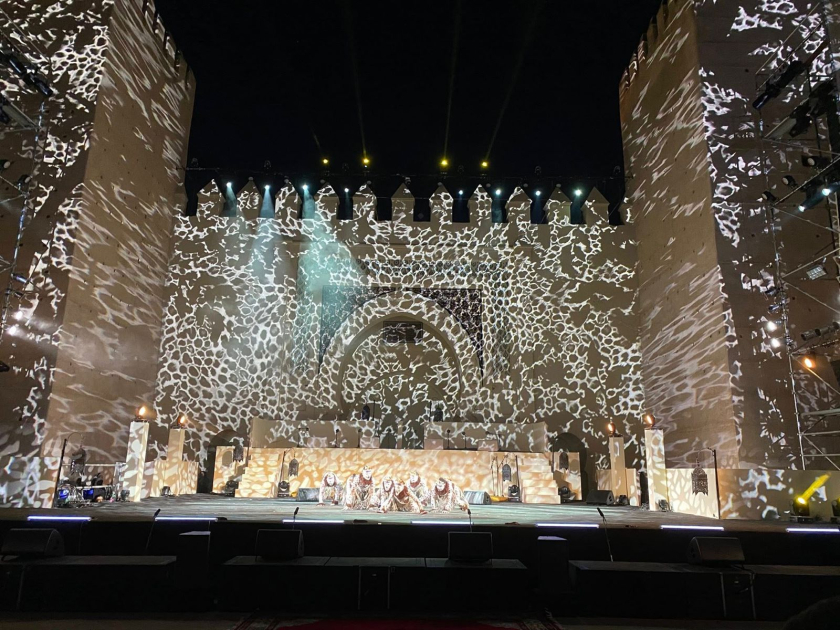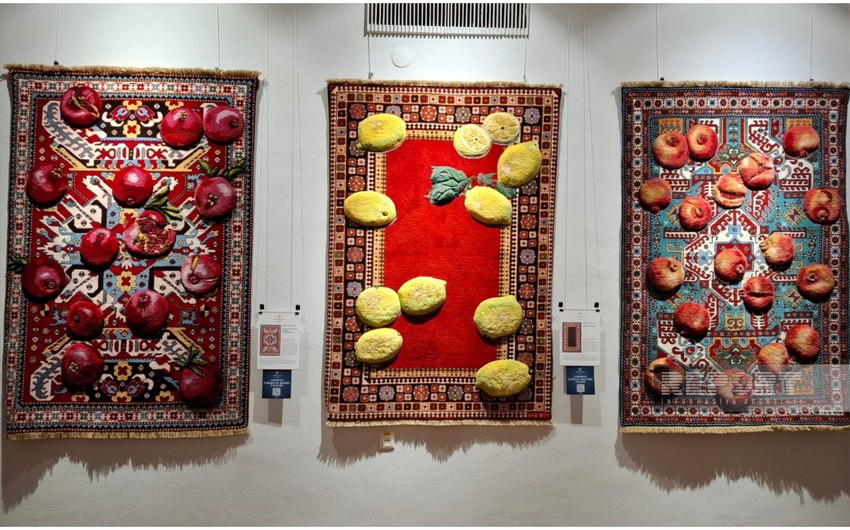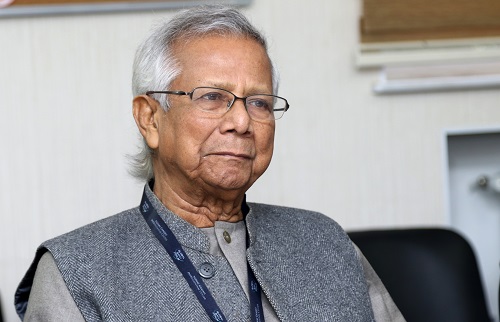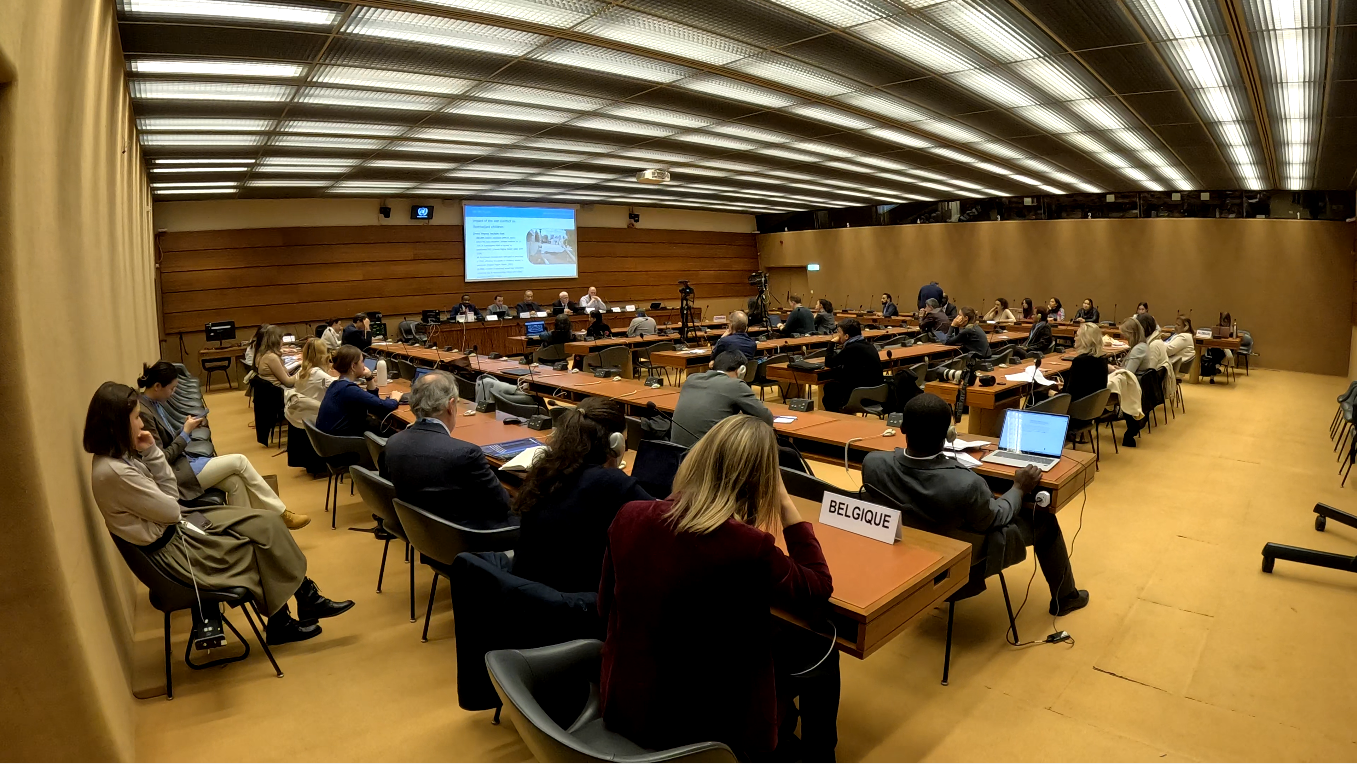At the toughest, most turbulent time of his life, the Post-Impressionist painter was supported by an unlikely soulmate, Joseph Roulin, a postman in Arles. A new exhibition explores this close friendship, and how it benefited art history.
On 23 December, 1888, the day that Vincent van Gogh mutilated his ear and presented the severed portion to a sex worker, he was tended to by an unlikely soulmate: the postman Joseph Roulin.
A rare figure of stability during Van Gogh's mentally turbulent two years in Arles, in the South of France, Roulin ensured that he received care in a psychiatric hospital, and visited him while he was there, writing to the artist's brother Theo to update him on his condition. He paid Van Gogh's rent while he was being cared for, and spent the entire day with him when he was discharged two weeks later. "Roulin… has a silent gravity and a tenderness for me as an old soldier might have for a young one," Van Gogh wrote to Theo the following April, describing Roulin as "such a good soul and so wise and so full of feeling".
Paying homage to this touching relationship is the exhibition Van Gogh: The Roulin Family Portraits, opening at the MFA Boston, USA, on 30 March, before moving on to its co-organiser, the Van Gogh Museum, Amsterdam, in October. This is the first exhibition devoted to portraits of all five members of the Roulin family. It features more than 20 paintings by Van Gogh, alongside works by important influences on the Dutch artist, including 17th-Century Dutch masters Rembrandt and Frans Hals, and the French artist Paul Gauguin, who lived for two months with Van Gogh in Arles.
"So much of what I was hoping for with this exhibition is a human story," co-curator Katie Hanson (MFA Boston) tells the BBC. "The exhibition really highlights that Roulin isn't just a model for him – this was someone with whom he developed a very deep bond of friendship." Van Gogh's tumultuous relationship with Gauguin, and the fallout between them that most likely precipitated the ear incident, has tended to overshadow his narrative, but Roulin offered something more constant and uncomplicated. We see this in the portraits – the open honesty with which he returns Van Gogh's stare, and the mutual respect and affection that radiate from the canvas.
A new life in Arles
Van Gogh moved from Paris to Arles in February 1888, believing the brighter light and intense colours would better his art, and that southerners were "more artistic" in appearance, and ideal subjects to paint. Hanson emphasises Van Gogh's "openness to possibility" at this time, and his feeling, still relatable today, of being a new face in town. "We don't have to hit on our life's work on our first try; we might also be seeking and searching for our next direction, our next place," she says. And it's in this spirit that Van Gogh, a newcomer with "a big heart", welcomed new connections.
Before moving into the yellow house next door, now known so well inside and out, Van Gogh rented a room above the Café de la Gare. The bar was frequented by Joseph Roulin, who lived on the same street and worked at the nearby railway station supervising the loading and unloading of post. Feeling that his strength lay in portrait painting, but struggling to find people to pose for him, Van Gogh was delighted when the characterful postman, who drank a sizeable portion of his earnings at the café, agreed to pose for him, asking only to be paid in food and drink.
Between August 1888 and April 1889, Van Gogh made six portraits of Roulin, symbols of companionship and hope that contrast with the motifs of loneliness, despair and impending doom seen in some of his other works. In each, Roulin is dressed in his blue postal worker's uniform, embellished with gold buttons and braid, the word "postes" proudly displayed on his cap. Roulin's stubby nose and ruddy complexion, flushed with years of drinking, made him a fascinating muse for the painter, who described him as "a more interesting man than many people".
Roulin was just 12 years older than Van Gogh, but he became a guiding light and father figure to the lonely painter – on account of Roulin's generous beard and apparent wisdom, Van Gogh nicknamed him Socrates. Born into a wealthy family, Van Gogh belonged to a very different social class from Roulin, but was taken with his "strong peasant nature" and forbearance when times were hard. Roulin was a proud and garrulous republican, and when Van Gogh saw him singing La Marseillaise, he noticed how painterly he was, "like something out of Delacroix, out of Daumier". He saw in him the spirit of the working man, describing his voice as possessing "a distant echo of the clarion of revolutionary France".
Van Gogh's portraits placed him in the heart of the family home. In his five versions of La Berceuse, meaning both "lullaby" and "the woman who rocks the cradle", Mme Roulin held a string device, fashioned by Van Gogh, that rocked the baby's cradle beyond the canvas, permitting the pair the peace to complete the artwork. The joyful background colours – green, blue, yellow or red – vary from one family member to another. Exuberant floral backdrops, reserved for the parents, come later, conveying happiness and affection – a blooming that took place since the earlier, plainer portraits.
Had Van Gogh not felt Roulin's unwavering support, he may not have survived the series of devastating breakdowns that began in December 1888 when he took a razor to his ear. With the care of those close to him, he lived a further 19 months, producing a staggering 70 paintings in his last 70 days, and leaving one of art history's most treasured legacies.
Madina Mammadova\\EDnews









